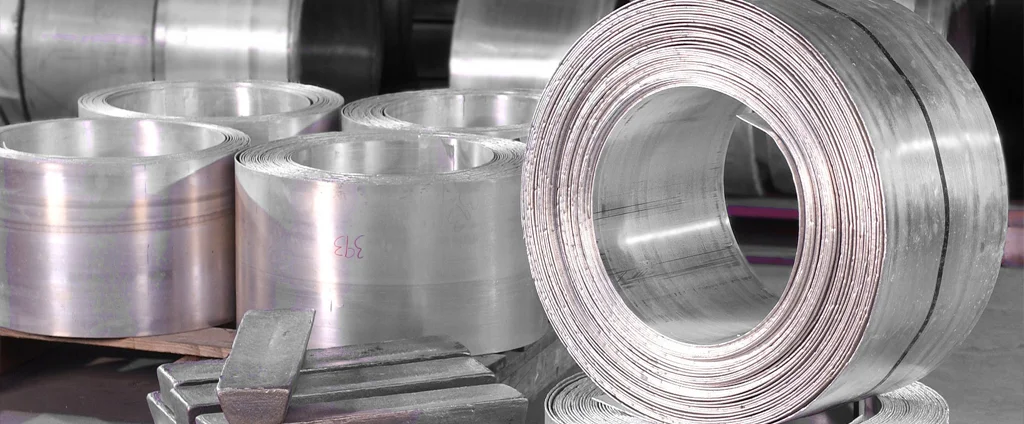Magnesium EZ33A-T5 (UNS M12330)

Magnesium EZ33A-T5 is a high-performance magnesium alloy known for its exceptional castability, thermal stability, and damping capacity. It is widely used in demanding commercial and military applications requiring a strong, lightweight material with excellent creep resistance and corrosion resistance.
| Chemical Composition | ||
|---|---|---|
| Element | Min | Max |
| Magnesium | —— | Remainder |
| Copper | —— | 0.1% |
| Neodymium | 2.5% | 4.0% |
| Nickel | —— | 0.01% |
| Zinc | 2.0% | 3.1% |
| Zirconium | 0.5% | 1.0% |
The following table provides a list of magnesium EZ33A-T5 properties in both SI and US customary/Imperial units.
Click on the button to switch between Metric and Imperial units.
| Physical Properties | Metric |
|---|---|
| Density | 1800 kg/m3 |
| Mechanical Properties | Metric |
| Tensile Strength (Ultimate) | 160 MPa |
| Tensile Strength (Yield) | 110 MPa |
| Bearing Strength (Ultimate) | 395 MPa |
| Bearing Strength (Yield) | 275 MPa |
| Fatigue Strength # of Cycles 1.0e+8 | 30 MPa |
| Shear Strength | 145 MPa |
| Young’s Modulus (E) | 45 GPa |
| Shear Modulus (G) | 17 GPa |
| Elongation at Break in 50 mm | 2% |
| Poisson’s Ratio (ν) | 0.32 |
| Brinell Hardness 500 kg load, 10 mm ball | 50 |
| Rockwell Hardness | 59 |
| Machinability | 100% |
| Charpy Impact V-notch | 0.840 J |
| Thermal Properties | Metric |
| Melting Point | 545 - 645 °C |
| Solidus | 545 °C |
| Liquidus | 645 °C |
| Thermal Conductivity | 99.5 W/m·K |
| Specific Heat Capacity (Cp) | 1040 J/kg·K |
| Coefficient of Thermal Expansion (αL) | 26.4 1/°C |
| Heat of Fusion | 373 J/g |
| Electrical Properties | Metric |
| Electrical Resistivity | 7.00×10-6 Ω·cm |
The values in this table are approximate and can vary depending on various factors such as the specific manufacturing process and heat treatment applied to the alloy.
Advantages & Disadvantages of Magnesium EZ33A-T5
| Advantages | Disadvantages |
|---|---|
| Lightweight | Corrosion prone |
| Strong | Flammable |
| Good castability | High cost |
| Damping capacity |
Applications of Magnesium EZ33A-T5
EZ33A-T5 is used in a wide range of industries requiring lightweight and high-strength materials, including:
- Aircraft and aerospace components: Used in landing gear, engine mounts, and structural parts for its lightweight, strength, and corrosion resistance.
- Automotive parts: Common in engine blocks, transmission cases, and suspension components due to its strength and fuel-efficiency benefits.
- Marine equipment: Applied in boats, ships, and offshore platforms where low weight and resistance to corrosion are crucial.
- Sporting goods: Found in products like bicycles, golf clubs, and fishing rods for its durability and low weight.
- Electrical components: Used in circuit boards, connectors, and housings thanks to its strength and electrical conductivity.
- Medical devices: Employed in implants, surgical tools, and diagnostic equipment due to its biocompatibility and strength.
